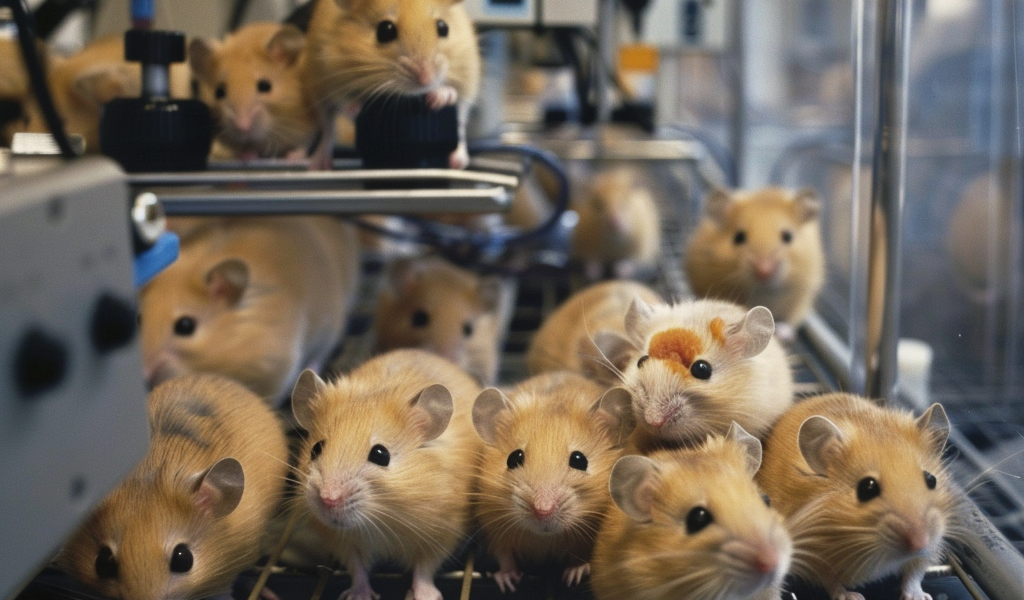Chinese scientists have made a significant breakthrough by creating a mutant Ebola virus in a lab setting, designed to bypass biosafety regulations. This engineered virus, containing elements of Ebola, was used to infect a group of hamsters, resulting in their death within a short period of two to three days.
The research team at Hebei Medical University combined a livestock disease with a specific protein from Ebola, enabling the virus to effectively infiltrate cells and propagate within the body. The infected hamsters exhibited severe systemic symptoms akin to those seen in human Ebola patients, including multi-organ failure. Notably, one distressing symptom observed in the hamsters was the development of eye secretions leading to impaired vision and scab formation on the eyeballs.
While this experiment may raise concerns about potential lab accidents, the scientists clarify that their primary objective was to identify suitable animal models capable of replicating Ebola symptoms in a controlled laboratory environment. The study indicated that infected hamsters could serve as valuable models for studying the transmission and treatment of Ebola in the future.
Given that Ebola necessitates handling in high-security Biosafety Level 4 (BSL-4) facilities, which are specialized laboratories with stringent safety measures, the researchers adopted an innovative approach to work within a lower security setting. They utilized a modified virus called vesicular stomatitis virus (VSV), engineered to carry a component of Ebola known as glycoprotein (GP), crucial for facilitating the virus’s entry and infection of host cells.
This groundbreaking research opens up possibilities for safer and more controlled studies on Ebola, potentially leading to advancements in understanding and combating the virus. By utilizing animal models like hamsters in laboratory settings, scientists aim to enhance their knowledge of Ebola transmission and treatment strategies, ultimately contributing to global health preparedness.





